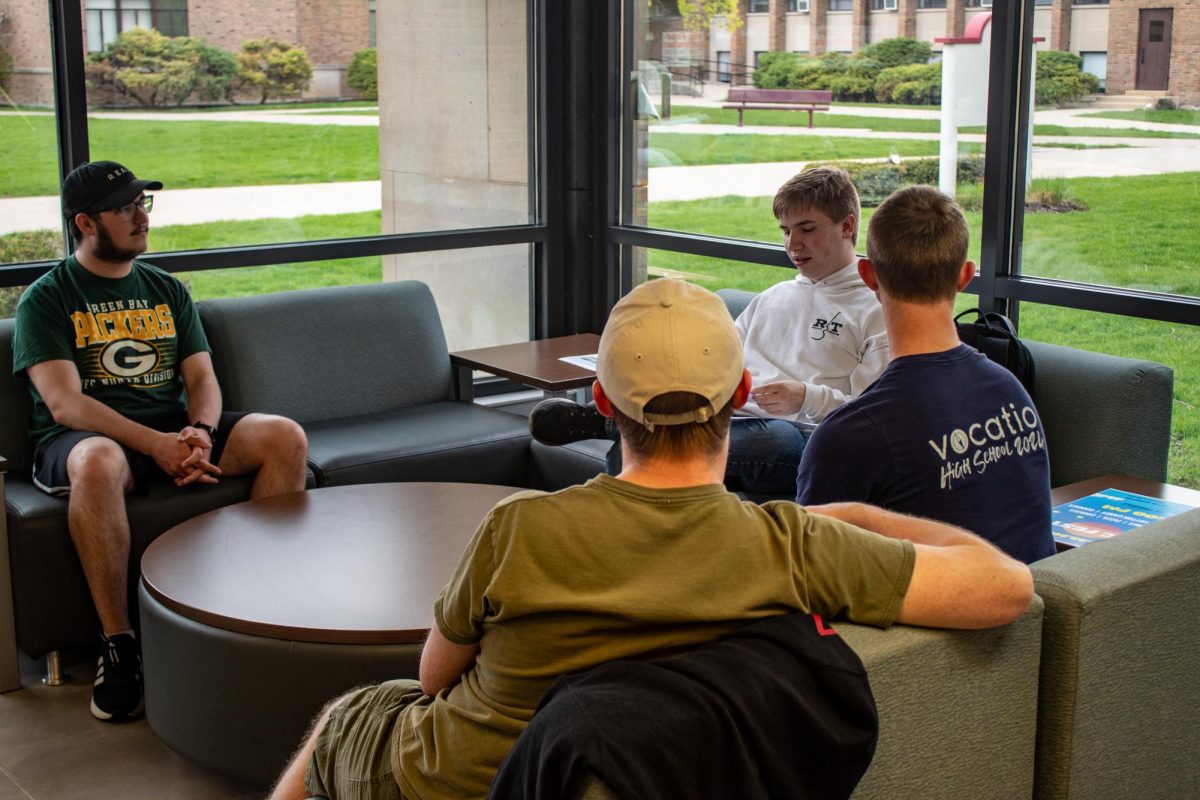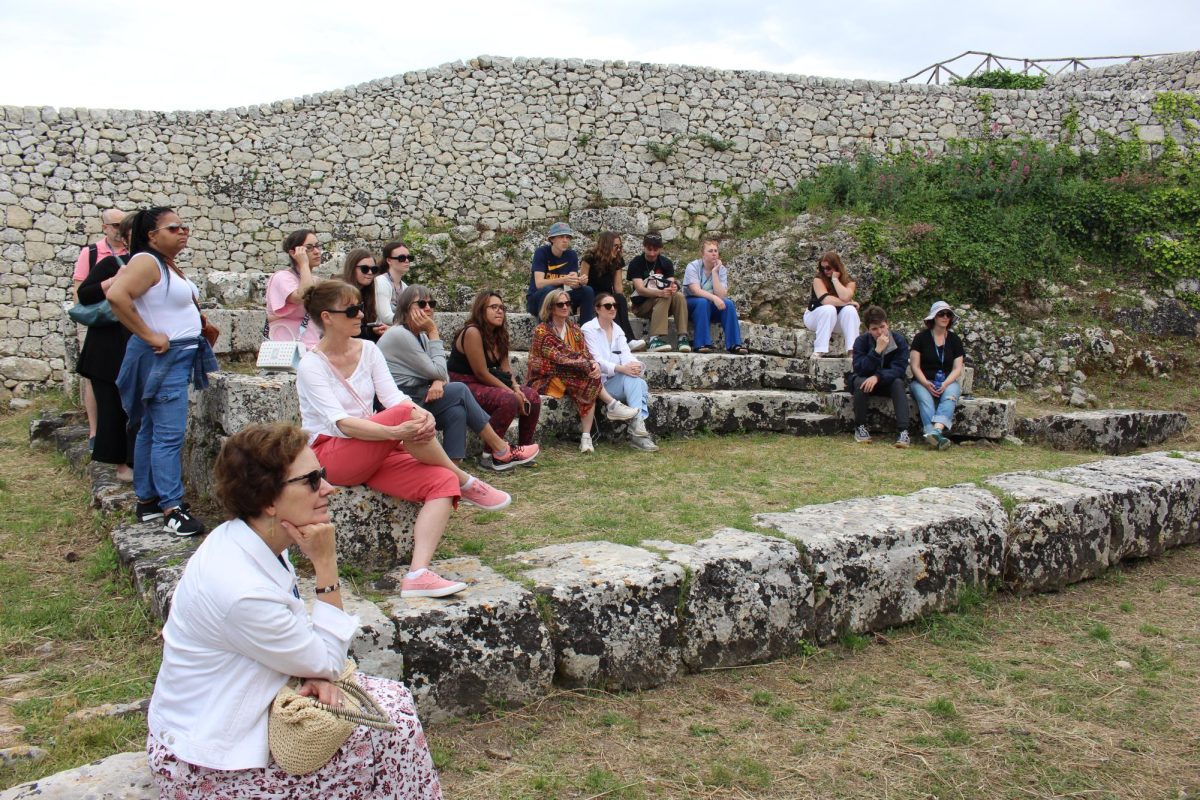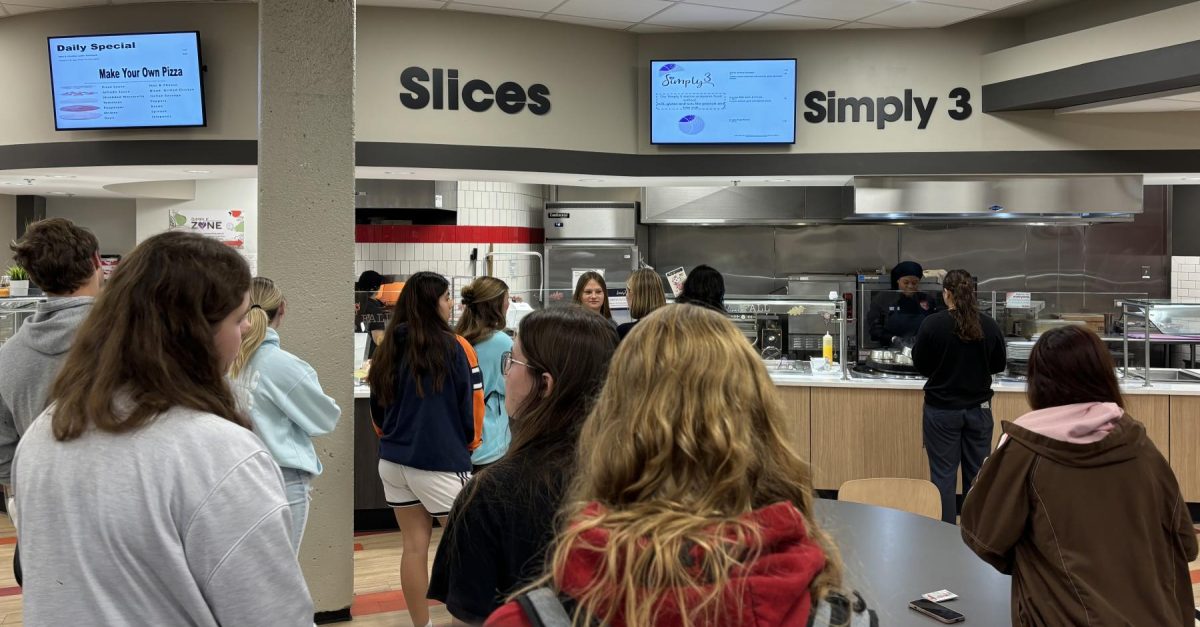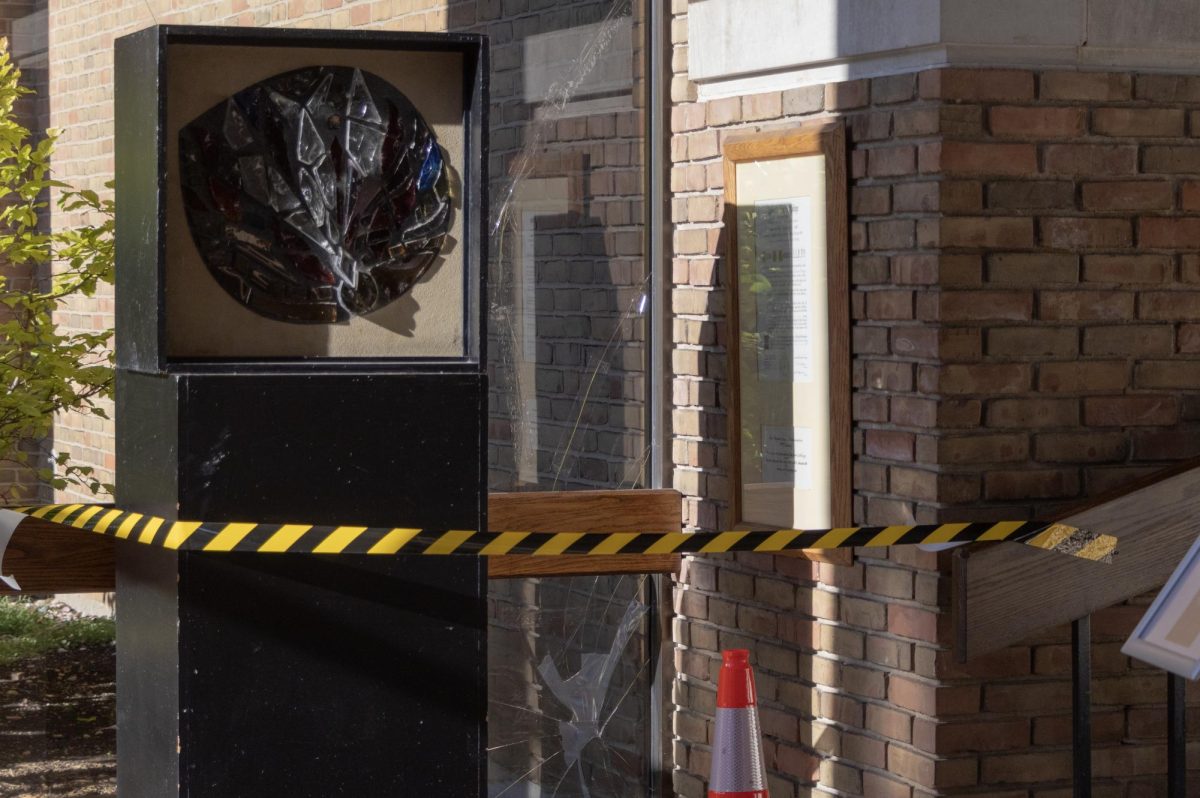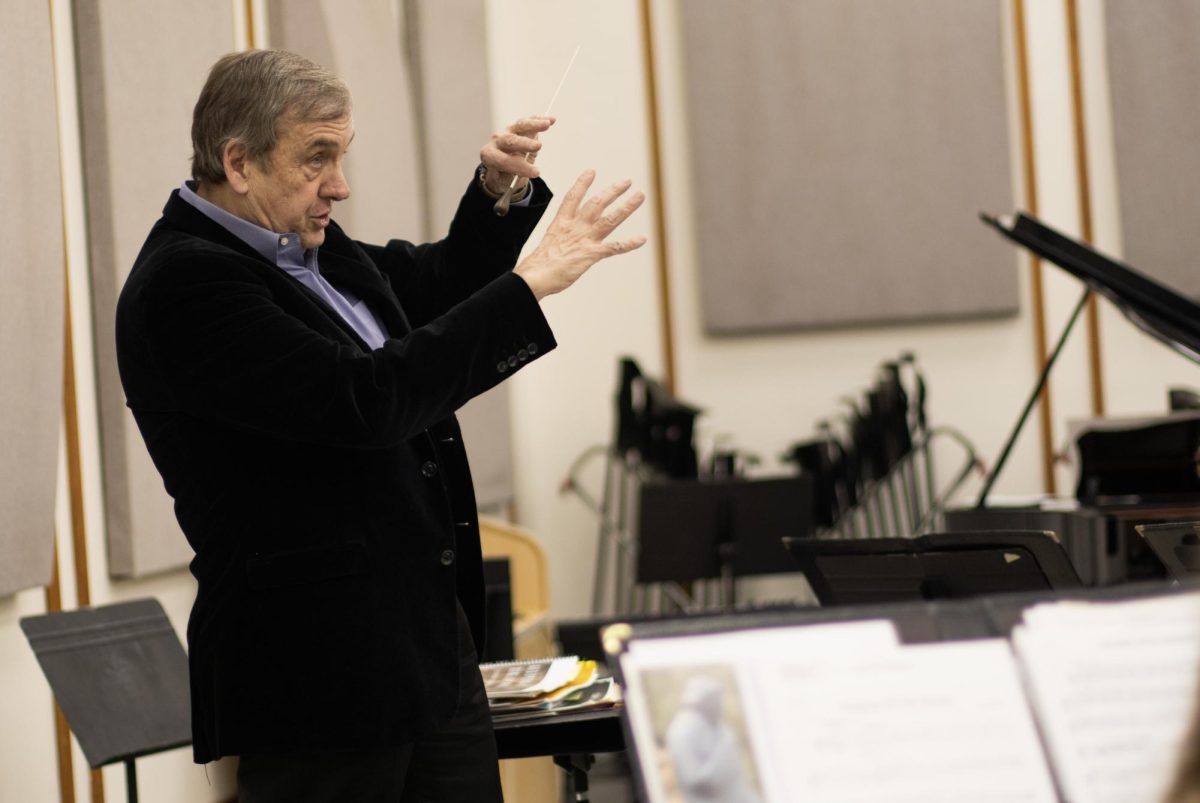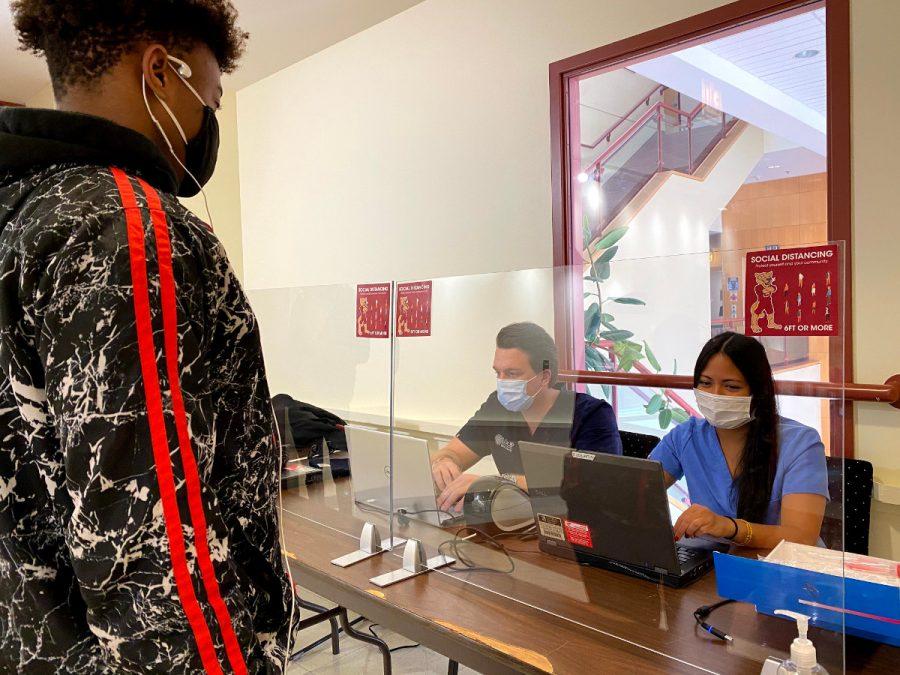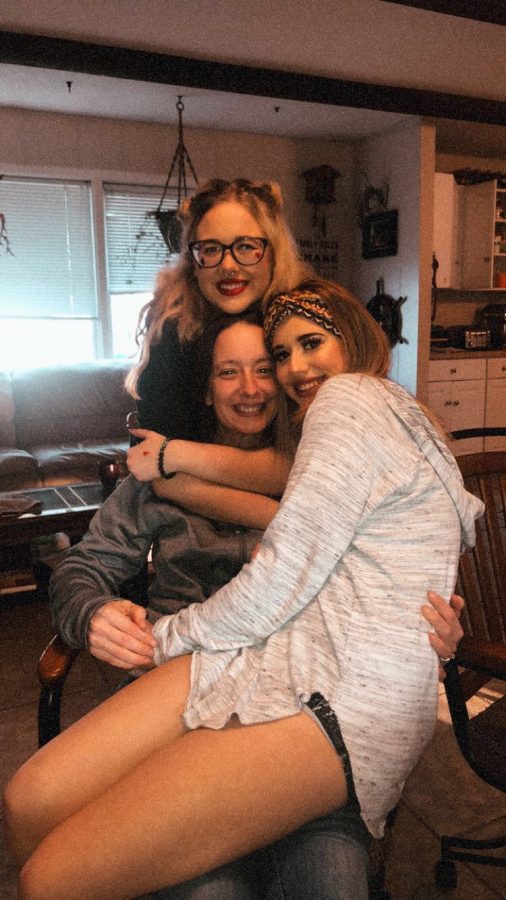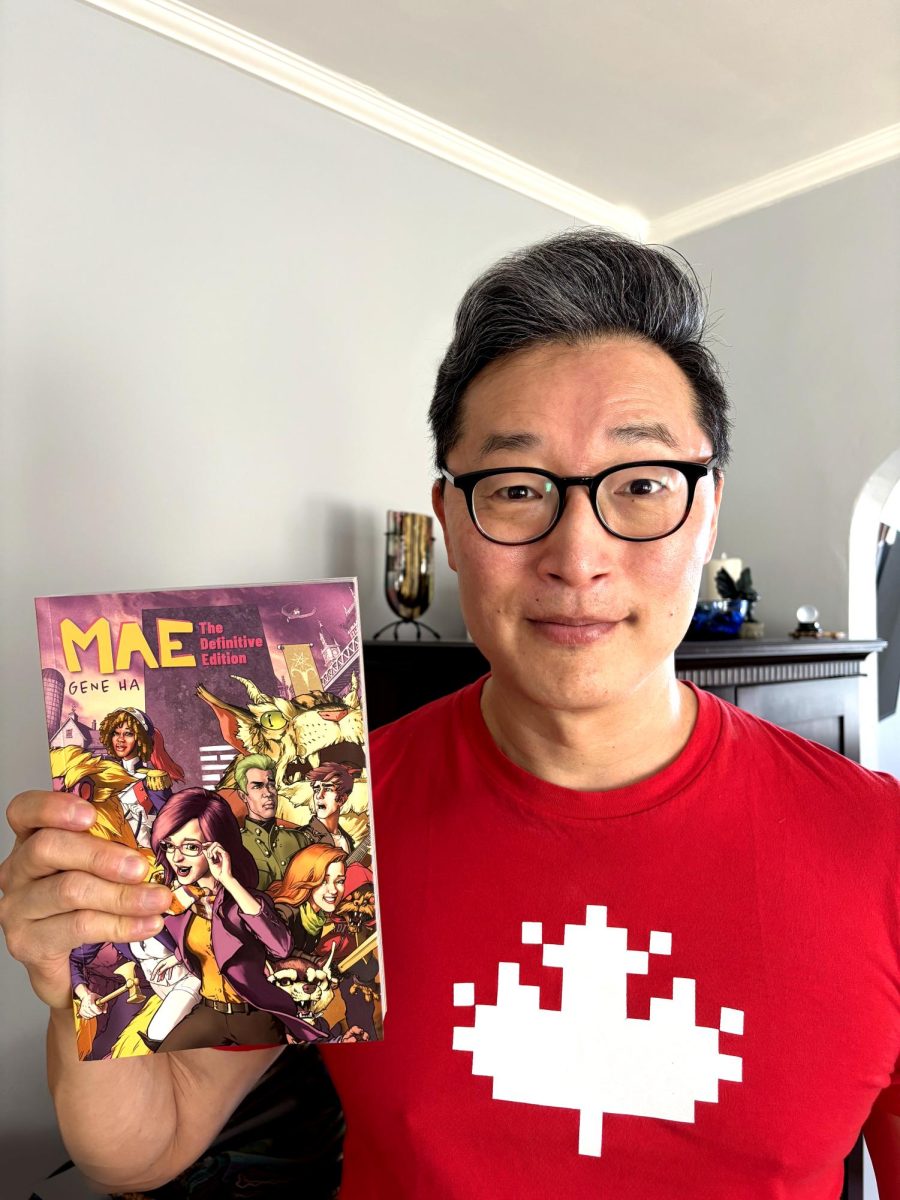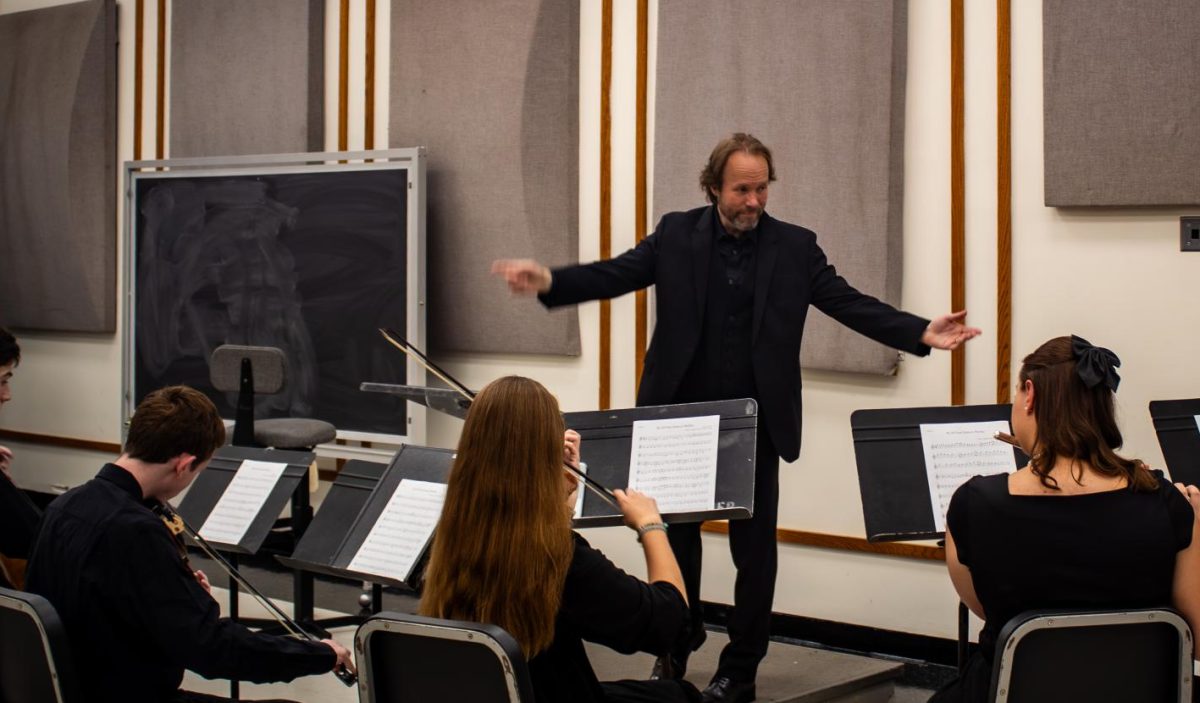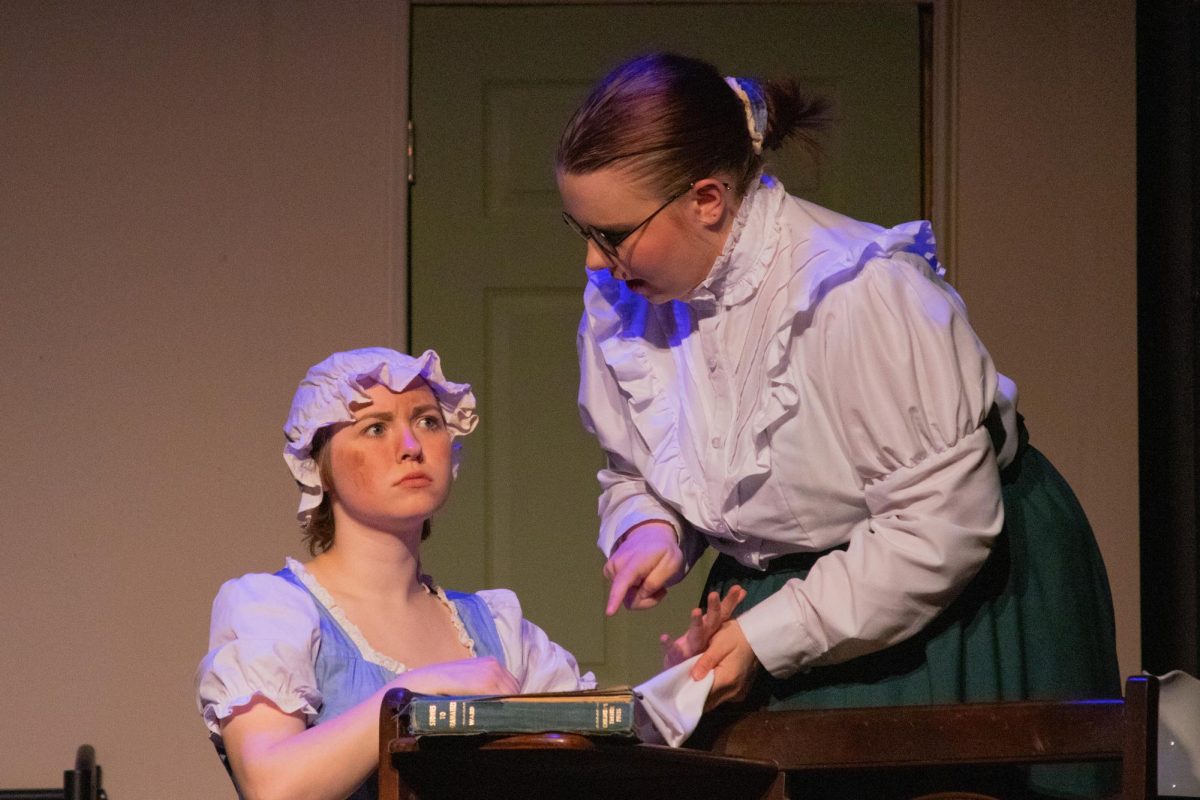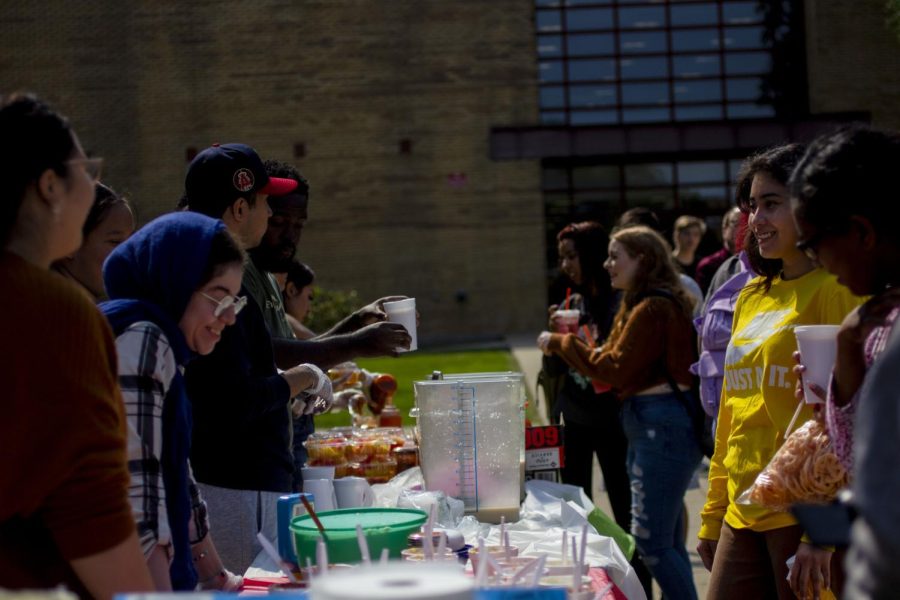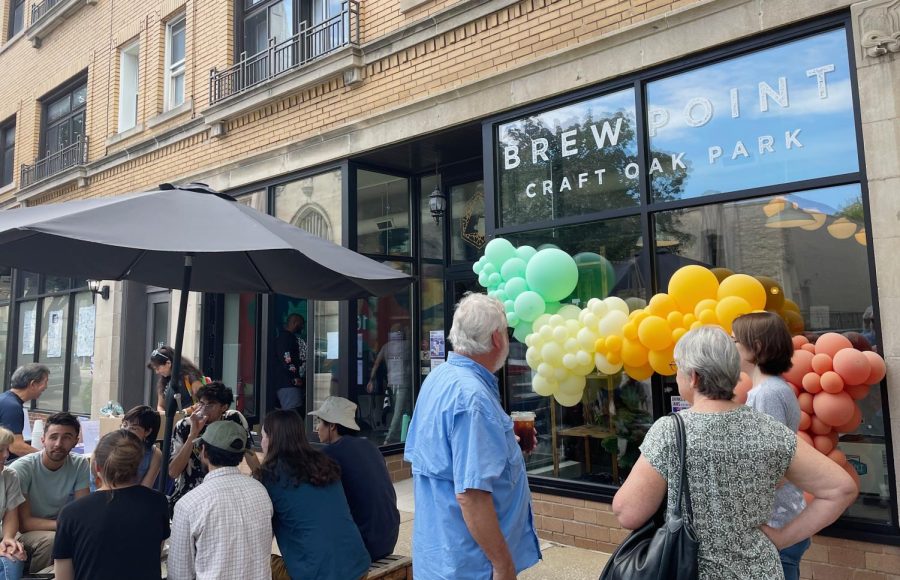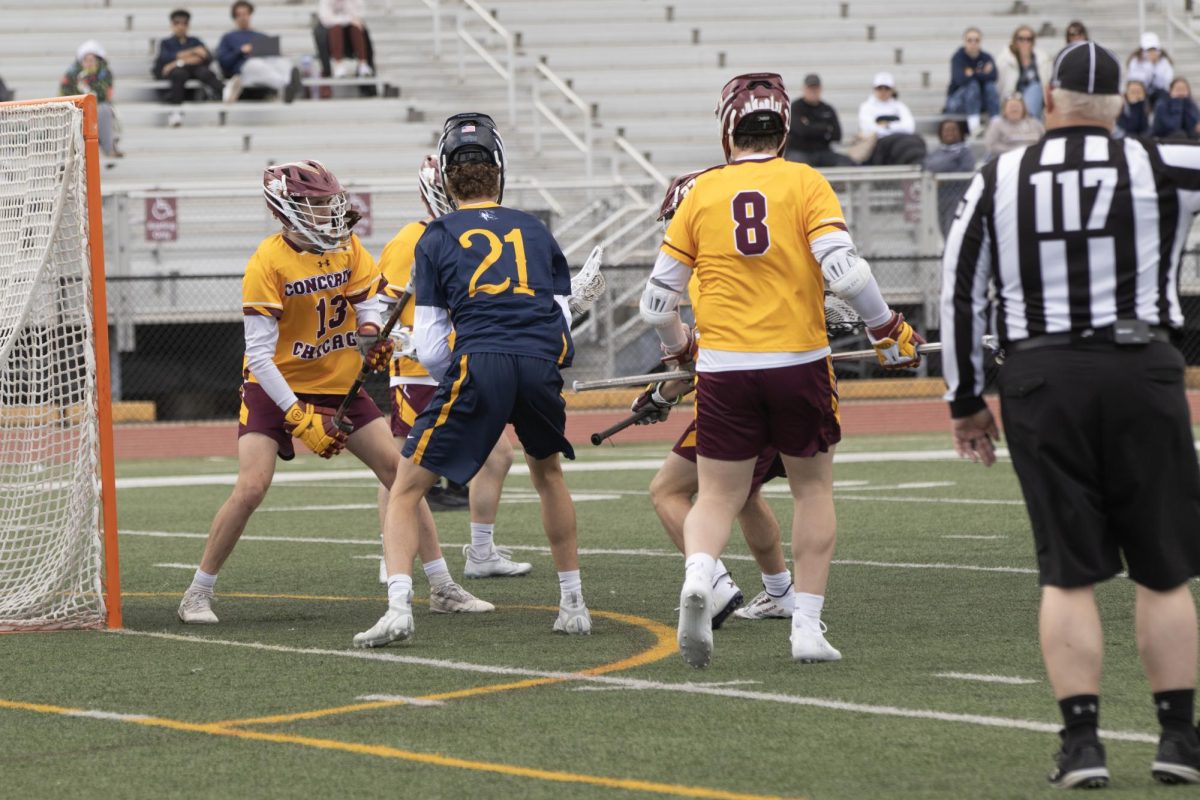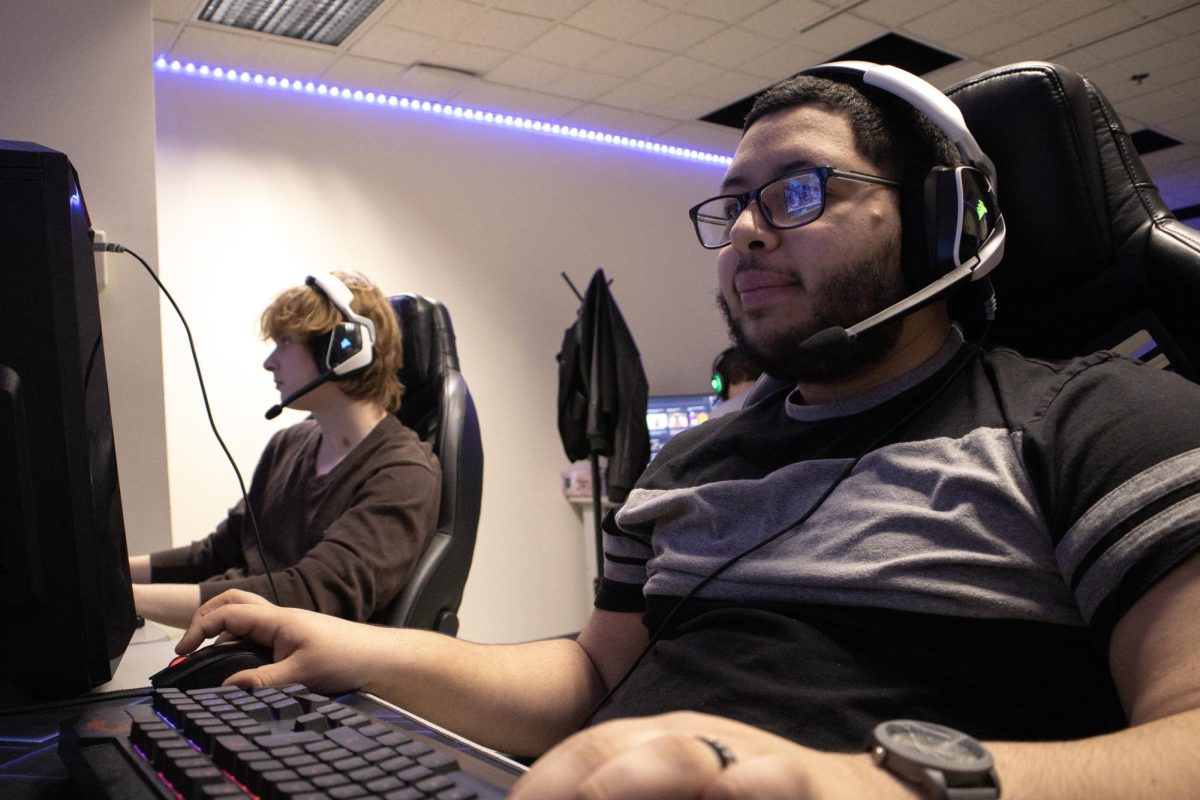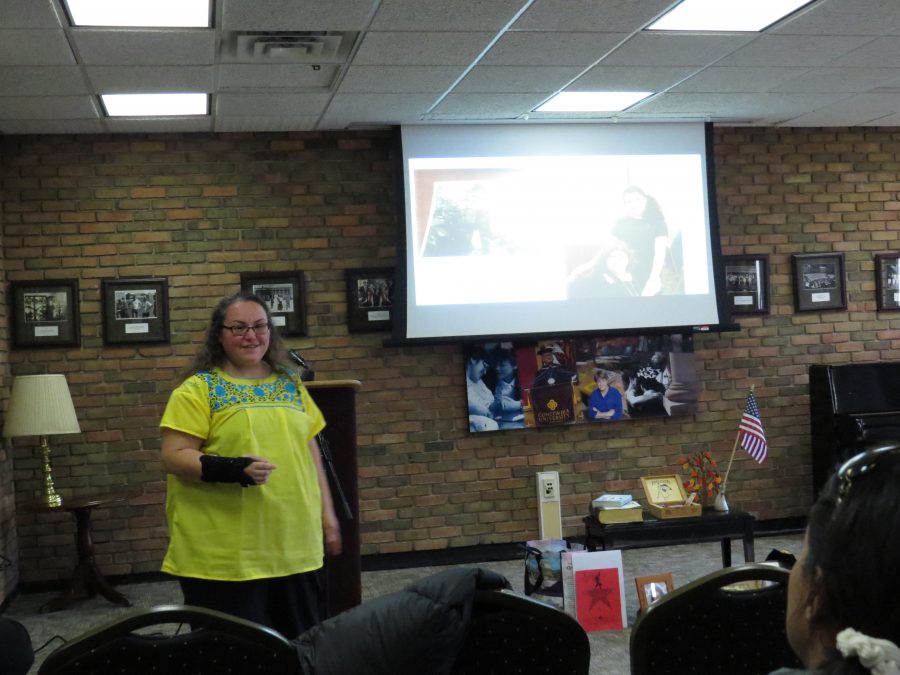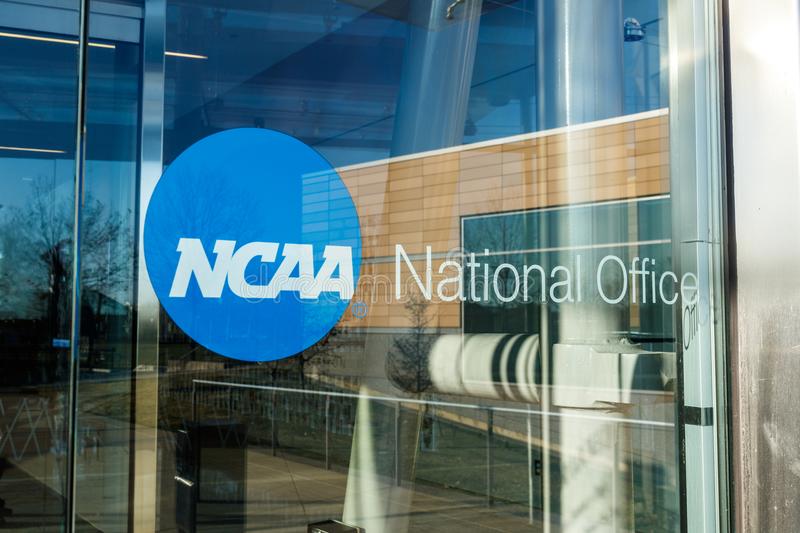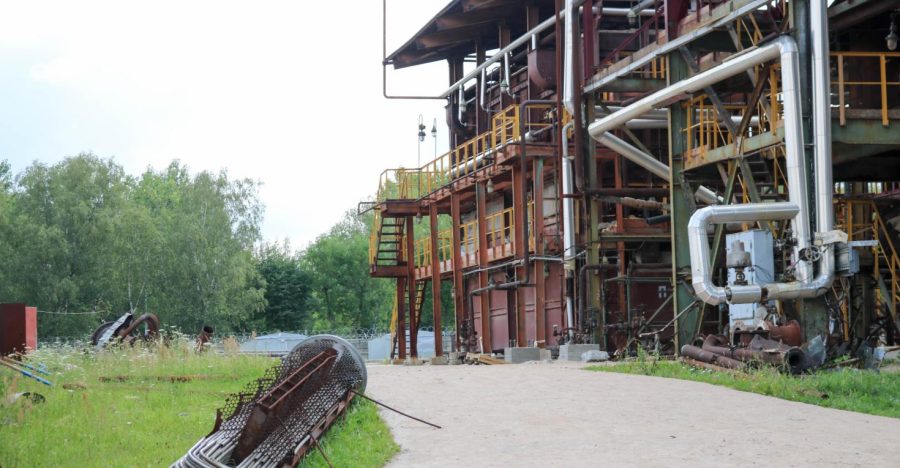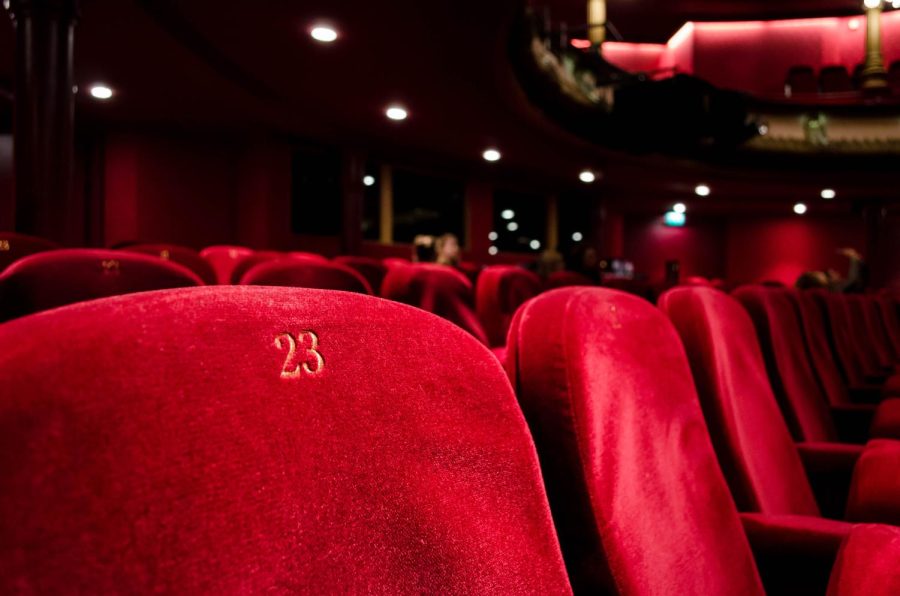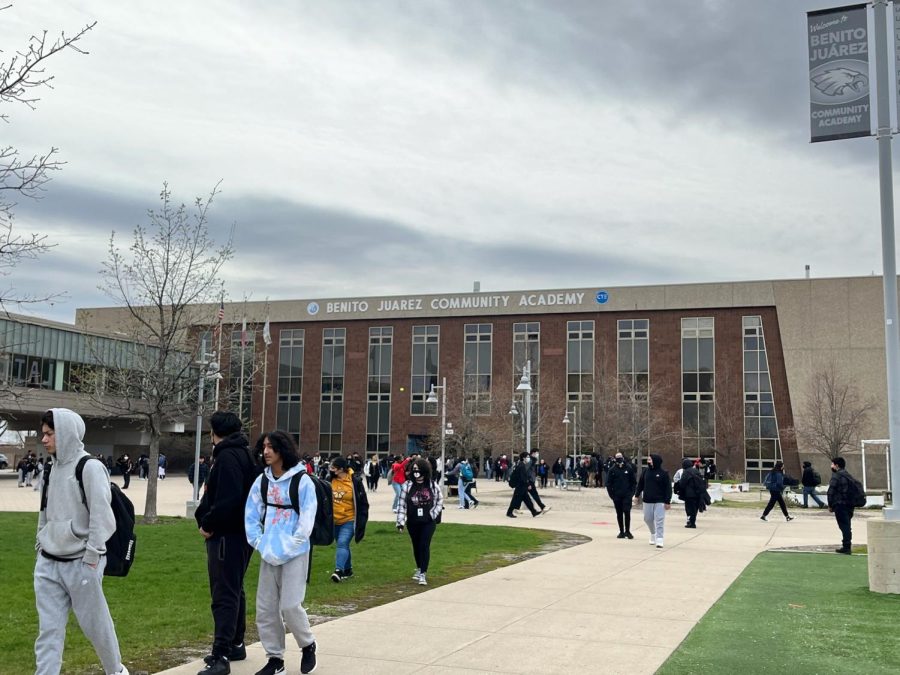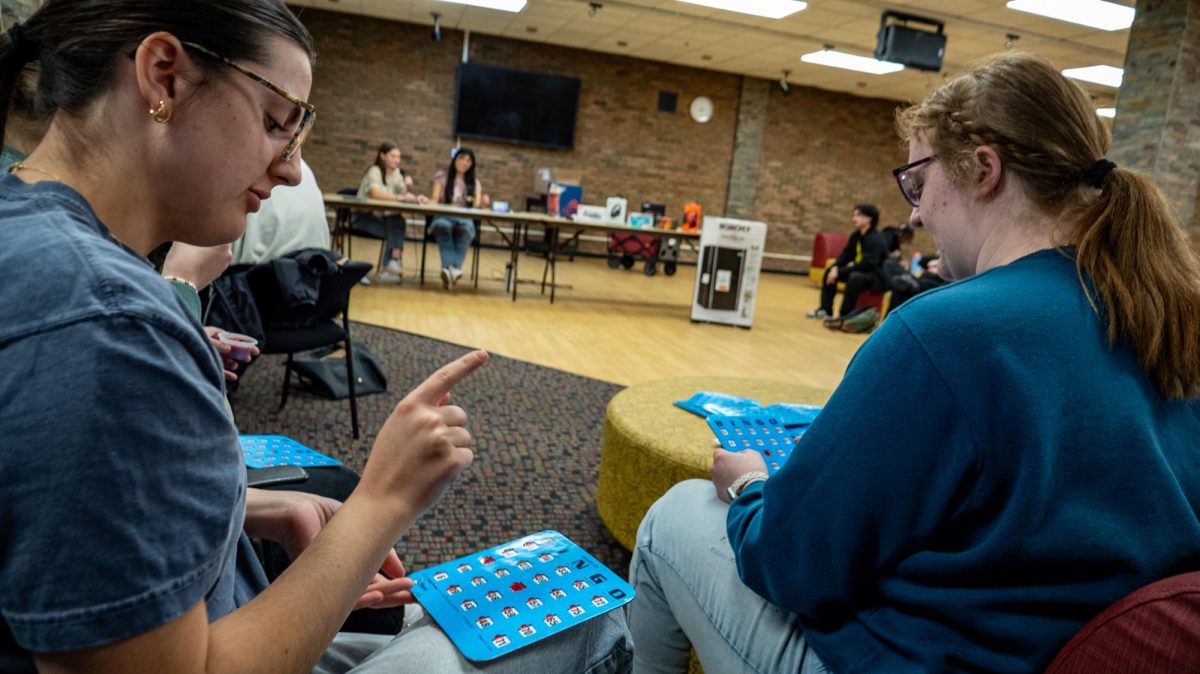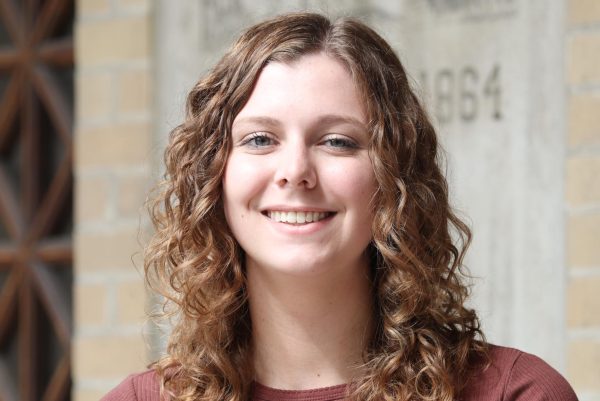Howard McGillin has played the title role in the Broadway production of The Phantom of the Opera more times than any other actor, with 2,544 performances. The 69-year-old actor says it all started with “one forgettable solo line, and an equally forgettable performance” in his high school’s production of Paint Your Wagon.
In Santa Barbara, Calif., where McGillin grew up, he developed his skills as an actor through community theater. McGillin’s career eventually lead him to Broadway where he is currently playing the role of the old soldier and Judge Roan in the revival of Parade.
“The community theater culture in that town was rich, vibrant, and of a high level of quality,” said McGillin. “I had mentors whose guidance and encouragement gave me the confidence that I could actually pursue a career in theater.”
McGillin believes that if he had not had access to community theater in his youth, he might not have found his passion for theater and his life could have gone in a completely different direction. His experience is an example of how small community theaters not only provide access to the arts for audiences, but also allows the cultivation of individual talents that might change the course of someone’s life. Without abundant theaters, how will we find the next great Broadway and movie stars?
“I’m a very lucky guy, and am full of gratitude for the mysterious turn of the wheel that landed me on the high school stage all those years ago,” said McGillin. “There is no way to measure the impact theater and the arts have had on my life.”
At the same time, many community theaters struggle to stay afloat while charging low enough ticket prices to draw in an audience. Though there are many programs and initiatives that are aimed at increasing accessibility to theater on both a regional and national scale, these prices can still be prohibitive, and these programs often introduce other problems theaters must deal with.
“Small theaters have a difficult time making tickets accessible while still making money,” said Broadway League President Charlotte St. Martin. “This is true of Broadway too. Unless you are one of the big hits, you won’t recoup.”
Broadway shows have two different budgets: the capitalization or production budget, and the weekly operating budget.
The production budget is how much money it costs to put a show together from the conception in the writer’s head to the first performance where tickets are sold. The money in this budget pays for rehearsals, the set, costumes, marketing, directors, designers, the website, photos, and the salary of every person involved in the production.
Once ticket sales are collected, the show moves into its weekly operating budget. Any expense that the show runs into each week must be multiplied by 52 to figure out how much it will cost over the course of a year.
Once capitalization is paid off, one can get a clear picture of what the profit will look like over time. Jones was a company manager for The Lion King on Broadway in the 1990s (the show is still running today) and explained how the budget for the show worked back then.
At that time, the weekly operating budget for The Lion King was between $600,000 and $700,000. The long-running show collected around $1 million at the box office each week, and because its capitalization was already paid off, the show was able to make a profit of around $300,000 to $400,000 in profit each week. Just like any expenses, multiplying this number by 52 gives an estimate of how much money the show will make over the course of the year, ranging from $15.6 million to $20.8 million.
The Lion King‘s budget demonstrates how shows can run on Broadway for many years, because there is a large opportunity for profit. Additionally, Broadway shows have a high demand due to the large size of the New York metropolitan area combined with the high rate of tourism.
Many regional theaters have introduced different programs aimed at making theater more accessible, whether it be through special lower rate ticket performances or a pay what you can model.
Crossroads Theatre Company, located in New Brunswick N.J. began an initiative called Ten Dollar Tuesday in 2013 to increase accessibility. Although the theater did not advertise these events, but rather put the tickets on sale on the website a few weeks in advance, the Ten Dollar Tuesdays always sold out.
“People would call us and ask if this was a mistake,” said former Crossroads producing artistic director Marshall Jones III. “What this proved to me is that people go to the website, want to see the show, but they see the normal price and don’t purchase tickets.”
There is usually no demand for a show on a Tuesday night, according to Jones, and many on and off Broadway theaters don’t have shows on Tuesday nights because of the lack of demand.
At Crossroads, the actors were paid for seven shows regardless of how many shows they actually performed each week. Without having the show on Tuesdays Crossroads was losing money, so from a financial standpoint having the show even at a discounted rate made more sense than not having it at all.
“I am not naive enough to think we didn’t sell $10 tickets to a lawyer who could easily afford the regular rate on a Saturday night instead,” said Jones, “but if you can afford it, you don’t want to go see a show on a Tuesday night.”
Not only do low-cost events make the arts more accessible, but they might introduce young people to a passion and love they wouldn’t realize they had otherwise. Jones compared this idea to athletics, in that young children have opportunities like little league and gym class to be introduced to sports, but they aren’t introduced to theater and the fine arts in the same way.
“It’s important for us to tell the tough stories, and break the surface and start conversation,” said actor Charlie Webb who recently made his Broadway debut as the young soldier in Parade. “Theater is so important today because it can have such an impact on a younger generation.”
Actor and director Michael Patrick Thornton (A Doll’s House, The Good Doctor, Private Practice) grew up in Jefferson Park, a neighborhood located on Chicago’s northwest side, which at the time did not have opportunities for people interested in the arts.
“In my neighborhood, if you said you liked theater, you were beat up,” said Thornton. “I was bullied every single day.”
In order to receive an education in the arts, Thornton took the train downtown for singing, dancing, and acting classes.
“This teaches very impressionable youth that they, their neighborhood, and what they are all about just isn’t worth it,” said Thornton. “Instead, you have to come to us.”
Thornton met writer and actor William Nedved at The University of Iowa, and they bonded over shared experiences as theater kids. Despite Thornton being from Chicago and Nedved from a small town in Iowa, they found they had many similarities in their artistic upbringings.
Together they opened The Gift Theatre in Jefferson Park to make sure the next generation had access to the arts and didn’t suffer from the same problems that Thornton and Nedved experienced.
“If you put a theater in an underserved neighborhood, you are literally putting your money where your mouth is,” said Thornton. “Where you lay your roots solves a lot of problems.”
The Gift Theatre held a gala on April 14 with a performance from the improv group “UnNatural Gas.” Thornton was discussing the gala with a colleague, and chuckled at the name — he had been in an improv group at The Gift called “Natural Gas”.
“I learned they were a bunch of young people who used to come to The Gift when they were teenagers,” said Thornton. “They talked about how much The Gift impacted their lives, and now they are performing there. That is exactly what this is all about.”
Regional theaters are not the only ones that offer opportunities for increased accessibility. There are a number of programs that give more people the opportunity to see a show on Broadway at a much lower price than it would be otherwise, therefore increasing accessibility.
Broadway Bridges is a program in New York City run by the Broadway League that aims to give every public high school student the opportunity to see a Broadway show before they graduate. Students pay $10 for a ticket, and the Broadway League covers the rest of the costs.
“One of the Broadway League’s most important goals is making theater more accessible, ” said St. Martin. “I think it will make a big difference on Broadway in the future.”
Many Broadway shows hold digital ticket lotteries or have box office rush tickets to make their shows more affordable as well.
Hamilton offers around 50 of the $10 tickets for each performance, which can be won through entering the lottery online or through the Hamilton app, according to Playbill.com. The lowest regular price ticket costs $136.62 according to Broadway.com.
“Special rates are geared to bringing and introducing theater to more people,” said St. Martin. “It allows people who are young and still building their resources to attend a Broadway show.”
Broadway has an advantage over smaller theaters just by definition. Broadway shows are able to run for a long time, whereas shows in other cities don’t have the luxury of doing the same. In order for a show to even have the chance to run in another city, it has to succeed on Broadway first.
Before 1945, the modern idea of regional theater did not exist . At the time, professional actors were either on Broadway, or in touring companies. Margo Jones established the first professional theater company outside of New York in 1947, called “Theatre ‘47” located in Dallas, according to an article on Playbill.com. After that, regional theater became a viable option for young actors at the beginning of their careers.
Regional theaters, which are professional or semi-professional theaters that produce their own seasons, brought with them many more opportunities for actors, but because they didn’t have the resources to follow the Broadway business model, shows were not able to run for months and months before closing.
“It is a complex kind of business model to try to make your ticket price affordable and accessible yet still cover the expenses,” said Jones. “You have to have the right fundraising mechanisms in place in terms of grants, foundations, and contributions.”
Many regional theaters have instituted a “pay what you can” model where patrons pay an amount they are comfortable with, but are encouraged to make a donation if they are able.
Prop Thtr. was founded in 1981 by Stefan Brün and Scott Vehill who met in college and wanted to keep their passion for theater alive after graduation. Prop Thtr. was most recently located on Elston Avenue in Avondale, but is currently in an itinerant period because they don’t have the financial resources to secure their own storefront.
However, Prop Thtr. is still producing new work with other theater companies, and focuses on supporting and cultivating art from emerging actors and playwrights. They operate under a “pay what you can model”, which makes their work accessible no matter what.
“We need to counteract a tendency in our society that says culture is for the wealthy and those with extra time on their hands,” said Brün, who serves as the executive director. “While we have a suggested price or donation, we emphasize at the box office that you only need to pay what you can.”
Prop Thtr. believes that accessibility should be first, and that anyone should be able to come and see the new work that they are producing, and in turn, new work should be seen by people from all walks of life.
However, Prop Thtr. has run into issues with this model, as Brün feels people might get the wrong idea.
“People in America value things as much as they pay for them,” said Brün, “so there is a problem giving people things for free because they feel like they got less.”
This idea directly aligns with the argument of the board at Crossroads who felt selling tickets for $10 devalued their product and artwork.
Jones was the main advocate for Ten Dollar Tuesdays, and disagrees with the board’s theory from an artistic standpoint. He does not feel the value of the production is brought into question when the price is lower than usual. However, he concedes that it makes sense when analyzing consumer behavior.
“I don’t think the customers will think the performance is less, unless you say it is less,” said Jones, “I think consumers are smarter than that.”
Signature Theatre Company has run into situations that prove the very opposite. Located on W. 42nd Street in Manhattan, Signature is focused on keeping live theater affordable. This season, patrons can choose to purchase a subsidized ticket for $40 or pay more as a donation.
Signature introduced this concept in 2006 when they offered tickets at $15 a piece. This required $2 million from foundations and individuals to subsidize the tickets. As the years went by, the subsidy decreased to $1 million, and combined with the effects of inflation, the ticket price went up over that period of time to the $40 it is this season.
Signature has run into the issue of people buying tickets, but not actually attending the performance. Executive director Tim McClimon believes this is because people don’t put much value on the ticket because of its low price.
“It is important to try to make theater accessible to people, but people just don’t understand what it costs to produce theater,” said McClimon.
One disadvantage of the Broadway model is that large theaters are not equipped to foster new work. In order to make money, Broadway theaters must be confident in a show’s success and the ability for the show to run long enough in order to make a profit.
Not only does small regional theater make theater more accessible to people, but it allows new ideas and new art to be fostered in a safe environment.
“Small theaters allow writers to see whether their play works or not,” said Thornton. “In a large theater, you can dress something up with smoke and mirrors, but in a small theater there is a kind of austerity that takes the script and the story very seriously.”
“The reason for small theater is to do niche work, and to be accessible to the community,” said Brün. “We need to fill a gap, and take risks that larger institutions cannot afford to do.”
The stage gives actors the chance to do what they love, and to create art through their gifts and talents. Through affordable, local theater, more people can experience this art and can in turn discover their own passions and talents.
“Live theater is a truly shared human experience, and can connect us on a deep and profound level,” said Broadway actor Sean Allan Krill, who was recently in Jagged Little Pill and is currently playing Governor Slaton in Parade on Broadway. “A world without live theater would be a world without stories and shared experiences that help us better understand what it means to be alive.”
This article was produced as part of the coursework for JOU-3200 Feature Writing.

